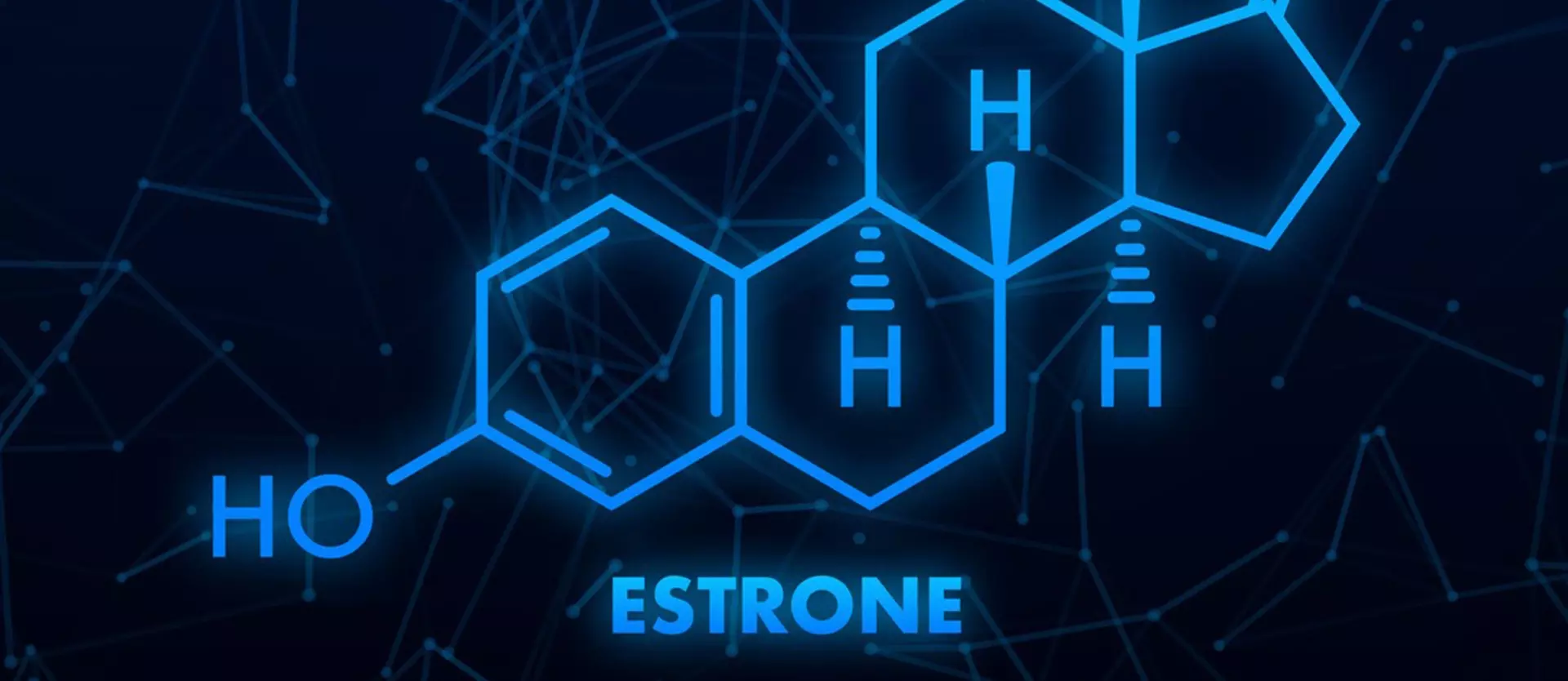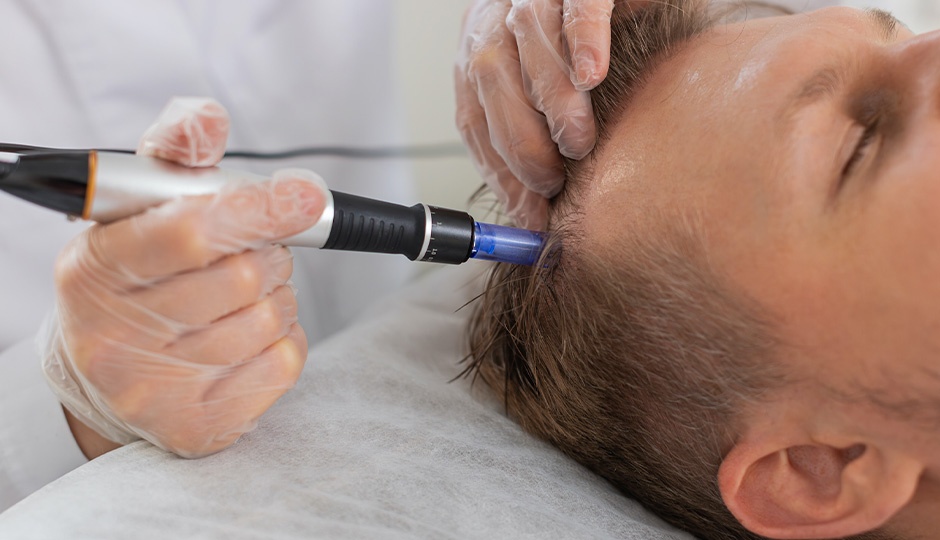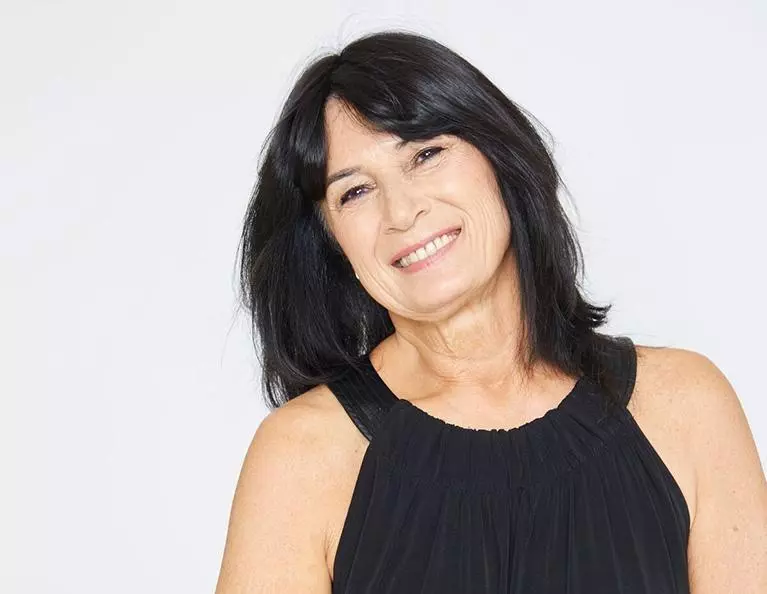It’s normal for men and women to experience hair loss during certain periods of their lives. While we tend to associate this with aging, there are other times when we can experience changes in our hair.
Any women reading this may know this only too well, particularly if they are going through perimenopause. This is the period leading to the menopause and the cessation of monthly periods. Perimenopause can create all kinds of effects throughout the body, physically and mentally. This is largely due to fluctuating estrogen levels.
That’s where estrone comes in, so let’s learn a little more about it.
What Is Estrone?
Estrone is a type of estrogen we all have, although females will have more of it. There are three other types of estrogen as well – estradiol, estetrol, and estriol. Estrone is often used in HRT, hormone replacement therapy that strives to replace some of the estrogen lost when women go through perimenopause.
What Is a Normal Estrone Level for a Woman?
Estrone, along with other types of estrogen, does not remain at one level. Instead, it goes up and down depending on whether the woman is having a period, if they are expecting a baby, or if they’re going through (or have gone through) menopause.
How Does Estrone Affect Hair Growth?
Now that we know estrone is a type of estrogen, it is easier to identify the potential effects it may have on the hair. When a woman goes through menopause, the levels of estrone and other types of estrogen naturally drop. This leads to slower hair growth. It can also lead to individual hairs becoming thinner, which can add to the overall impression of much thinner hair than before.
While women with falling levels of estrone may experience hair loss, it doesn’t happen in the same way men lose their hair with age. It doesn’t tend to follow a specific pattern of loss in certain areas though; rather, it typically becomes thinner across the head rather than in one or two notable areas.
The different types of estrogen drop along with progesterone. This encourages more androgens – male hormones – to be generated. Since these are responsible for shrinking hair follicles, this is the trigger that leads to some hair loss.
Does Every Woman Experience Hair Loss That Is Linked With Estrone?
No, although some will. It may be more noticeable in some than others, too. Estrogen encourages the hair to grow, so it is likely that if a woman opts to start taking HRT, she may notice her hair begins to thicken again.
How Much Hair Loss Is Down to Excess Hair Moving Into a Natural Phase?
Since every woman will experience regular rises and falls in her estrogen levels, it makes sense that she may notice she’s shedding more hair than usual at certain times as well. Given that menopause sees a natural and more permanent drop in estrone and other forms of estrogen, she may notice a trend of thinner hair and more shedding at this stage as well.
What Can You Do About Hair Loss?
If you are going through perimenopause or menopause and you’re experiencing symptoms such as hair loss and other issues, it could be worth speaking with your healthcare provider. While blood tests are not reliable for testing estrone levels, they can be used to rule out other potential causes of hair loss.
Some women go on HRT to help with various symptoms, hair loss being one of them. In many cases, they notice an improvement in hair growth when doing so, as their bodies receive a boost in estrogen. In some cases, women who try HRT experience hair loss, which can also occur if they are taking progesterone HRT. So, it is essential to chat with your healthcare provider to see what is best for you.
You can also speak with your haircare provider to find out whether there are any treatments or hairstyles that may help you manage any hair loss you are experiencing. Even if HRT works for you, you may be glad of a more practical and immediate hair loss solution while your hormone levels settle down.






